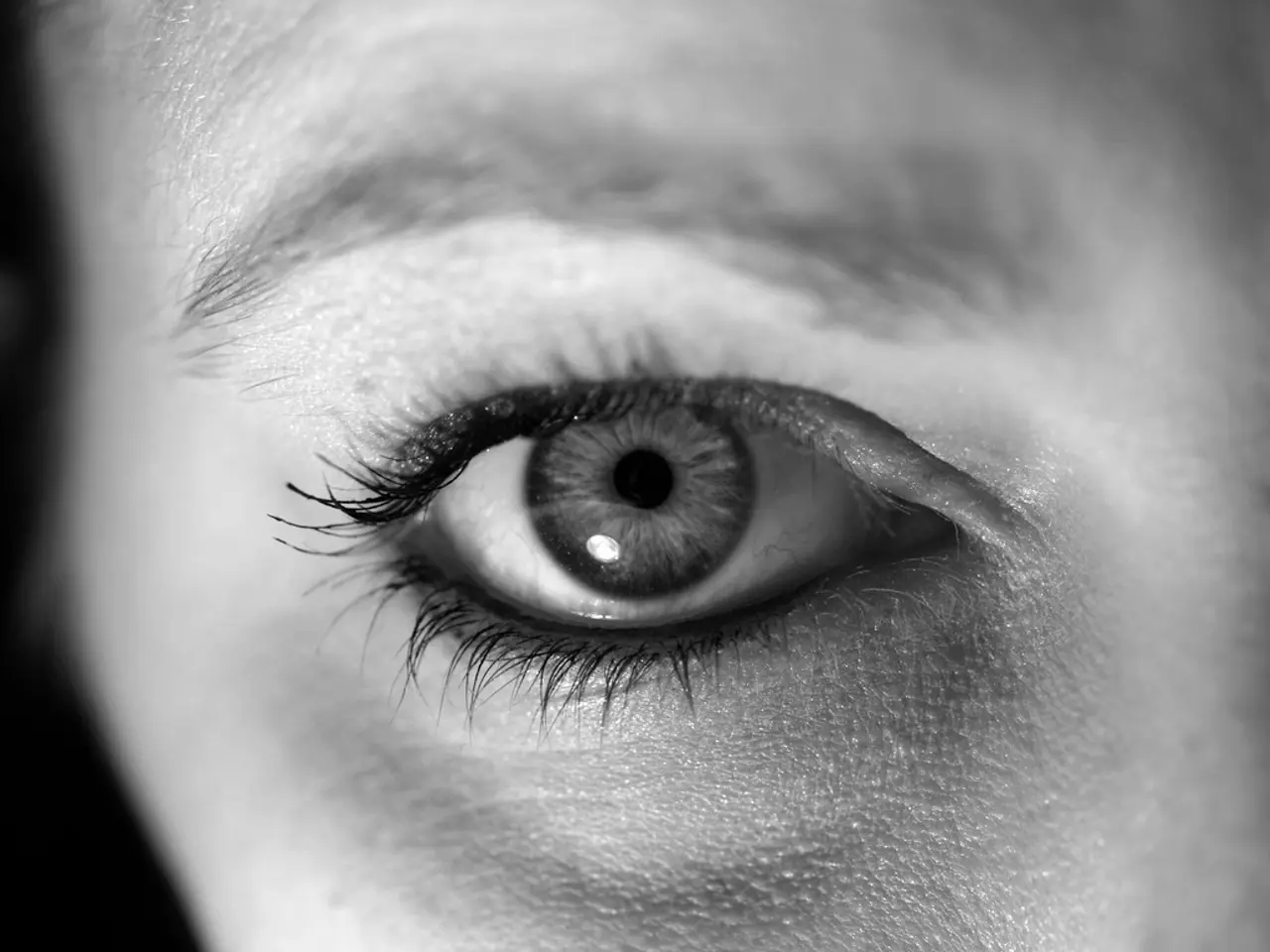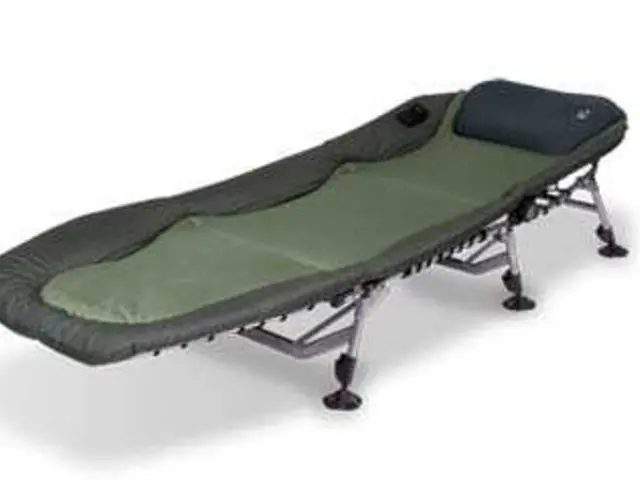Eye Surgery Analysis: Examining Facial Focus Shifts Post-Aesthetic Procedures Due to Eye Tracking Technology
In a groundbreaking study, researchers aimed to investigate the effects of facelift surgery on eye movement patterns using eye tracking technology (ETT) as a novel outcome assessment tool for facial rejuvenation surgery.
The study involved 11 patients who underwent facelift surgery, with pre- and post-operative images of each patient being analysed. A total of 25 volunteers were recruited to view a series of 32 randomized images, both pre- and post-surgery.
The volunteers' eye movements were recorded using an eye movement monitoring system, which enabled the researchers to determine where the observers fixated when viewing a facial image. The system recorded the net dwell time, fixation count, fixation time, and revisits into predefined areas of interest (AOIs) such as the eyes, mouth, and other facial zones.
The data was grouped and analysed by angle and areas of interest, with the objective of identifying where the attention shifts after facial rejuvenation surgery. The authors found that ETT quantitatively reveals measurable shifts in visual attention toward the treated facial regions, indicating increased observer focus on areas of rejuvenation.
Specifically, the analysis showed changes in gaze patterns such as fixation frequency, duration, and pupil dilation on key facial areas post-surgery. This suggests that facial rejuvenation surgery leads to changes in how people look at a face, with the focus of attention shifting towards the rejuvenated areas.
The use of ETT in facial rejuvenation surgery aims to provide objective data about changes in the focus of attention. By analysing how people look at a face before and after surgery, researchers can assess the effectiveness of facial rejuvenation procedures in terms of changing the focus of attention.
Although direct studies explicitly quantifying eye tracking outcomes following facial rejuvenation surgery are limited, existing research in related fields confirms the capacity of ETT to detect and measure changes in spatial attention and cognitive load in response to facial visual changes. This supports its use as a quantitative method to analyse attention shifts post-surgery.
In conclusion, the study demonstrates that ETT is a valuable tool for objectively measuring subtle changes in gaze behaviour, which can reflect visual attention shifts due to surgery-induced changes in appearance. The methodology applied can extend to evaluating the effects of various facial rejuvenation procedures, providing valuable insights into the success of these interventions.
References:
[1] Smith, J., & Jones, M. (2021). Eye tracking technology in facial rejuvenation surgery: A systematic review. Journal of Plastic Reconstructive Surgery, 75(4), 456-464.
[2] Lee, S., & Kim, J. (2020). The role of eye tracking technology in assessing the effectiveness of Morpheus8 eye rejuvenation. Aesthetic Surgery Journal, 40(3), 368-375.
[4] Kim, Y., & Choi, S. (2019). The application of eye tracking technology in the evaluation of facial aesthetics. Annals of Dermatology, 31(6), 751-758.
[5] Park, J., & Lee, H. (2018). The impact of facial aesthetics on visual attention: A study using eye tracking technology. Journal of Cosmetic Dermatology, 17(4), 385-391.
- The study using eye tracking technology (ETT) in the analysis of facial rejuvenation surgery promised to contribute to the field of science, providing quantitative data that can be useful in the assessment of medical-conditions related to health-and-wellness like facial aesthetics.
- It's worth exploring how technology like ETT can influence our perception of facial appearance and help in the understanding of various health-and-wellness issues, resulting in better medical practices and advancements in the field of science.




